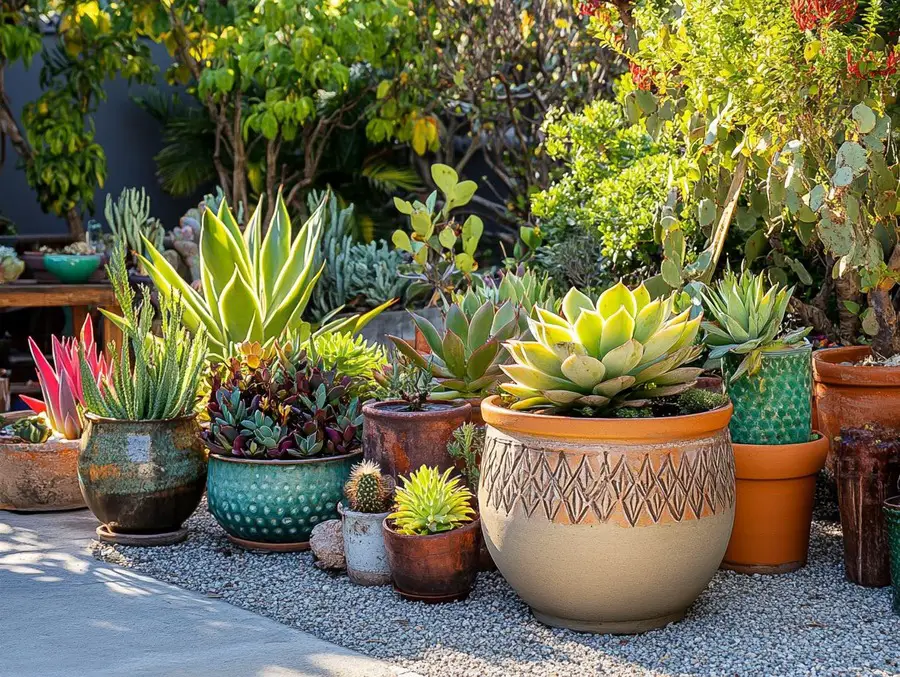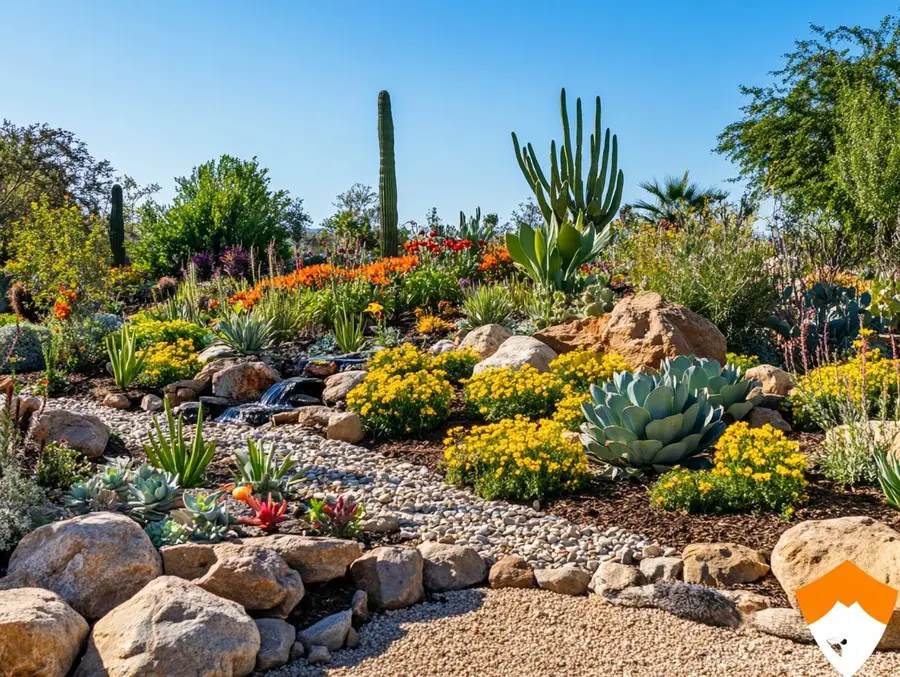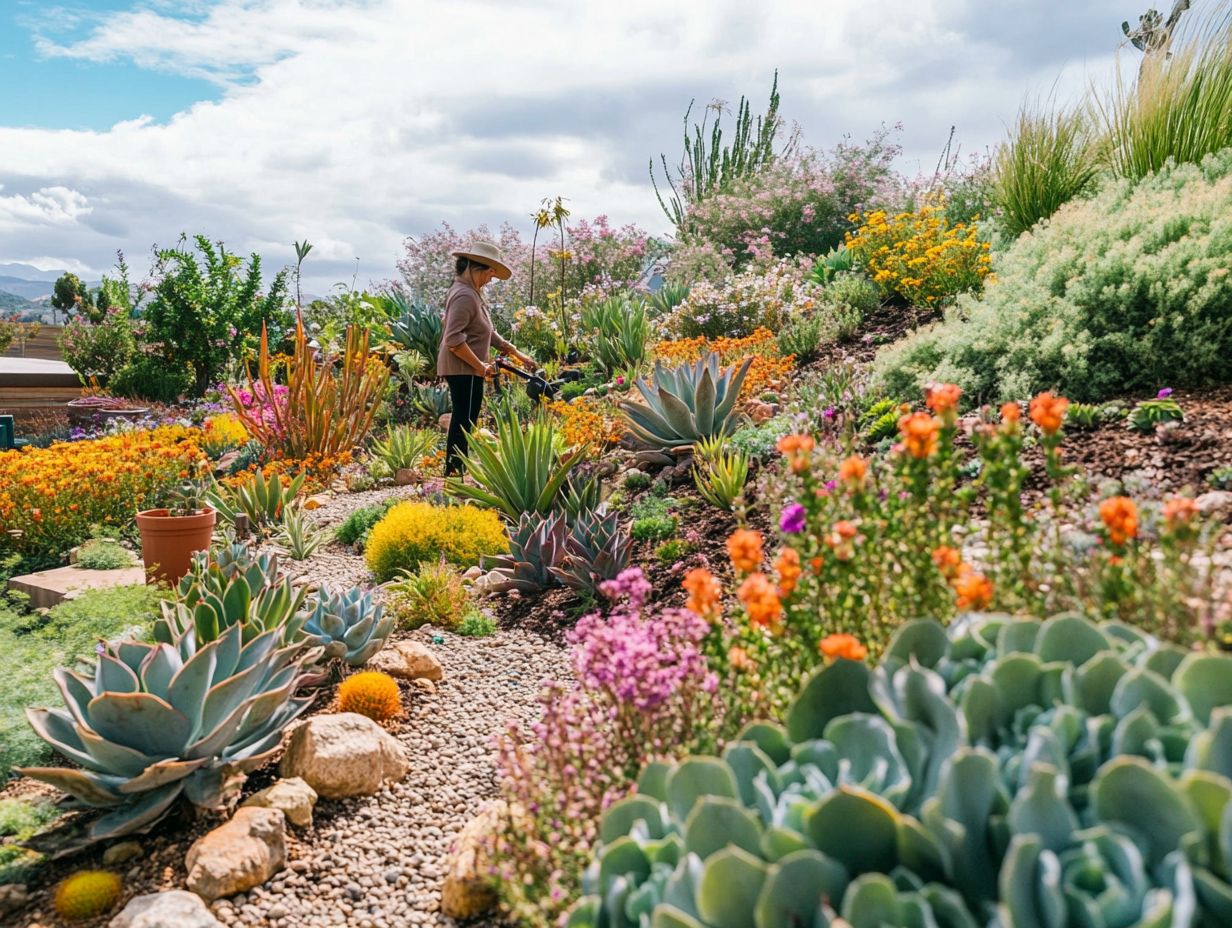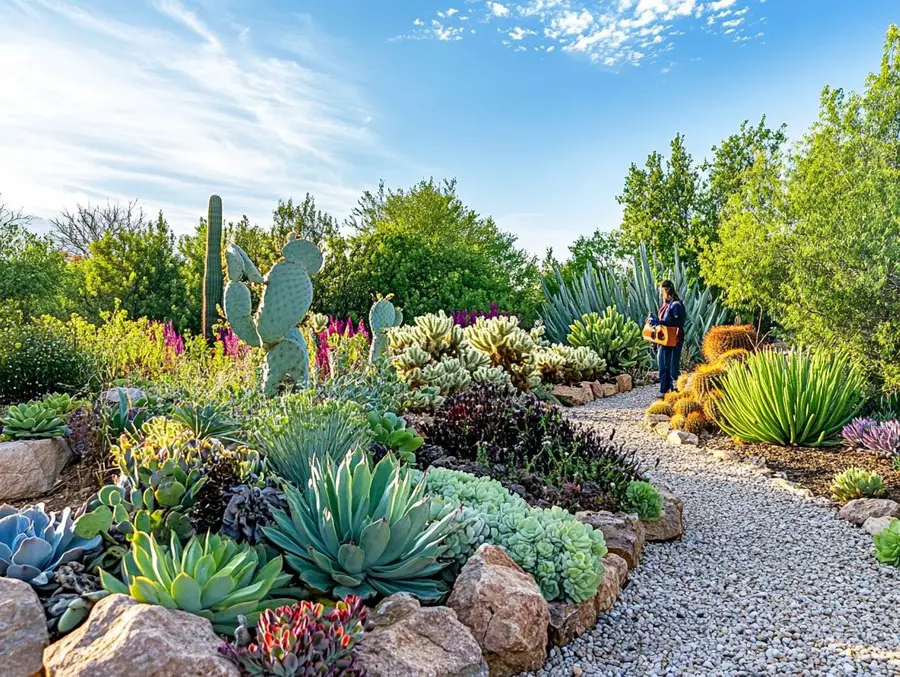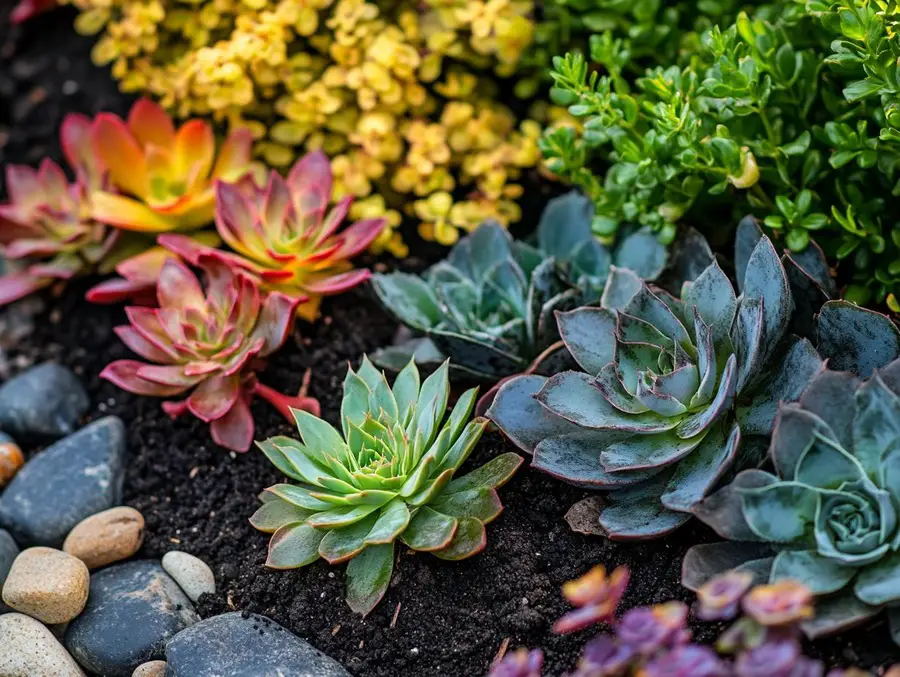We use affiliate links. If you purchase something using one of these links, we may receive compensation or commission.
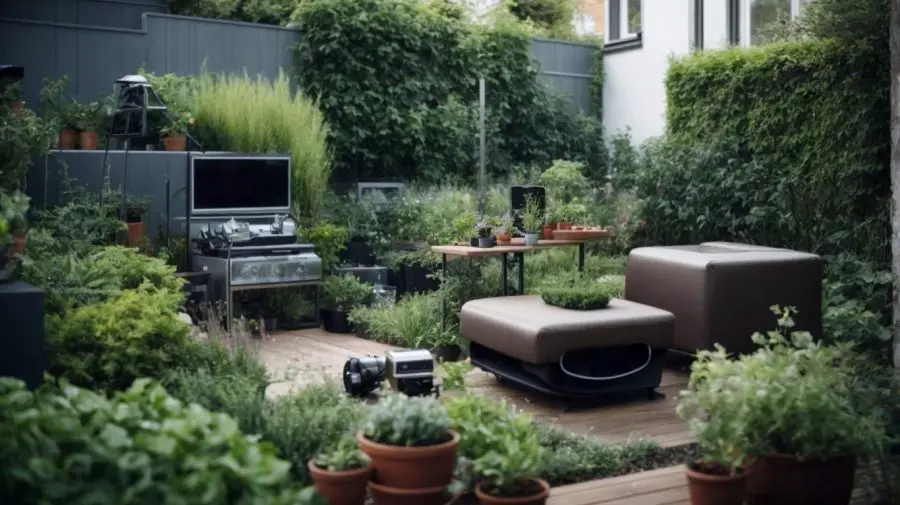
Discover the benefits of incorporating technology in urban gardening to maximize space, conserve resources, and boost productivity in urban environments.
Technology in Urban Gardening
Key Takeaways:
- Incorporating technology in urban gardening enhances efficiency, conserves resources, and increases yield.
- Technologies like hydroponic systems, automated irrigation, and smart gardening apps optimize space and monitor plant health, making urban gardening more sustainable and productive.
Explore the exciting world of incorporating technology in urban gardening, where innovation meets nature to create sustainable, efficient, and productive urban green spaces.
Incorporating Technology in Urban Gardening
Urban gardening is a growing trend that allows city dwellers to cultivate plants in urban environments.
Technology is revolutionizing the way we garden in cities, maximizing limited space, and monitoring plant health.
Incorporating technology in urban gardening has numerous benefits.
We will explore the importance of urban gardening, the advantages of using technology, the different types of technology available, and how you can incorporate it into your own urban garden.
Let’s dig in!
What is Urban Gardening?
Urban gardening refers to the practice of growing plants, fruits, vegetables, or herbs in urban environments such as cities and towns.
This form of agricultural practice has gained significant traction in recent years due to the increasing urbanization and the need for sustainable food sources in densely populated areas.
Urban gardening not only helps in providing fresh produce to city dwellers but also promotes community engagement, environmental sustainability, and food security.
Urban gardening initiatives often involve utilizing small spaces creatively, such as rooftop gardens, community gardens, vertical gardens, or even hydroponic systems, to maximize agricultural output in urban settings.
Why is Urban Gardening Important?
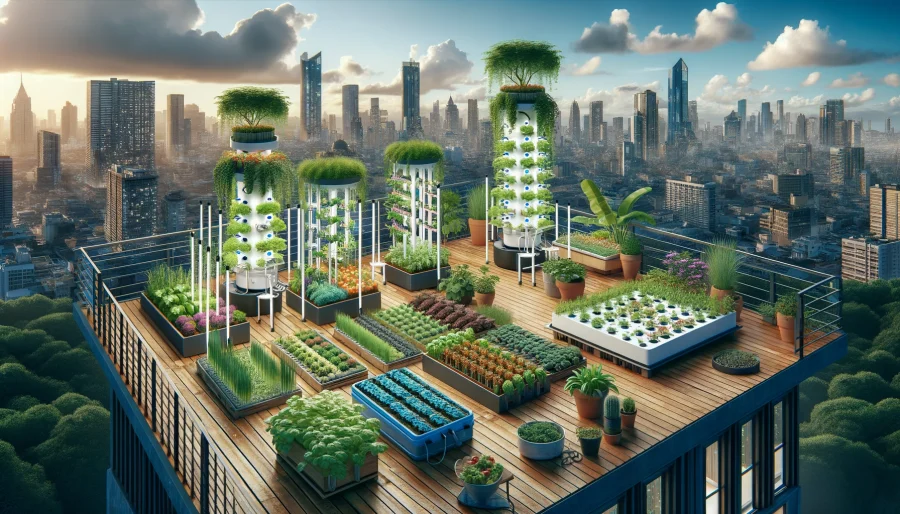
Urban gardening plays a crucial role in promoting sustainability, conserving resources, combating climate change, and enhancing food production in urban areas.
By utilizing small spaces efficiently, urban gardening helps reduce the carbon footprint associated with large-scale agricultural practices.
This localized approach minimizes the need for the transportation of produce, thus lowering greenhouse gas emissions.
The practice of composting organic waste in urban gardens enhances soil fertility, reducing the reliance on synthetic fertilizers that contribute to water pollution.
Implementing green roofs and vertical gardens in cities enhances biodiversity and cooling effects, mitigating the urban heat island effect and improving air quality.
What are the Benefits of Incorporating Technology in Urban Gardening?
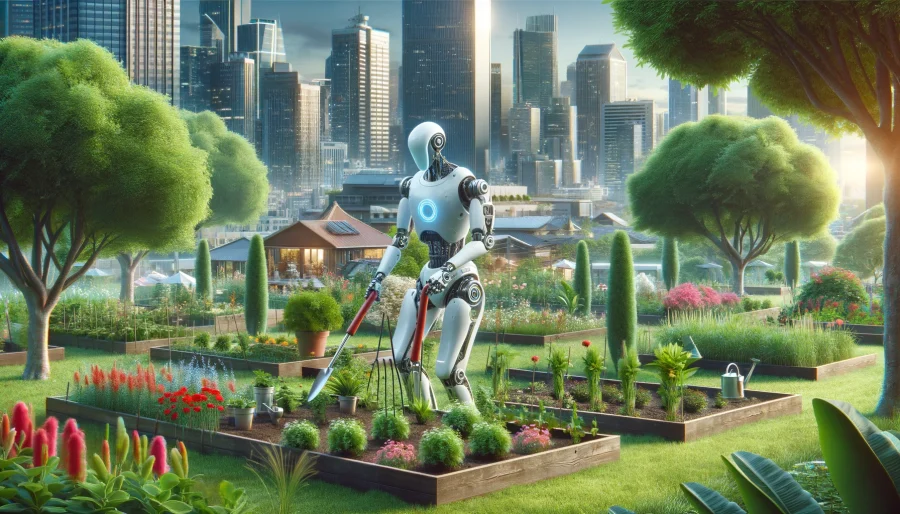
Incorporating technology in urban gardening offers numerous advantages, including innovations in data analytics, machine learning applications, and enhanced support for urban growers.
One of the key benefits of technology integration in urban gardening is the ability to optimize resource utilization through smart irrigation systems, which automatically adjust water levels based on real-time weather data and soil moisture sensors.
These advancements help reduce water waste and promote sustainable practices.
Technology enables urban growers to monitor plant health and growth patterns using connected sensors and IoT devices.
This data-driven approach allows for proactive measures to be taken, such as adjusting nutrient levels or identifying and addressing pest issues early on.
Maximizes Limited Space
One of the key advantages of using technology in urban gardening is its ability to maximize limited space through innovative techniques like vertical farms, addressing the challenges posed by urban population growth.
Vertical farming, in particular, has gained traction as a sustainable solution for producing food within city limits.
By stacking crops vertically in controlled environments, vertical farms use minimal land while increasing productivity.
These farms often incorporate advanced technologies such as hydroponics or aeroponics to efficiently use resources like water and nutrients.
The integration of IoT sensors and automation further enhances the precision and optimization of resource management in urban agricultural settings.
Creates Efficient Water Usage
Technology facilitates efficient water usage in urban gardening systems such as AeroFarms, by leveraging methods like aquaponics and hydroponics to optimize water resources.
These innovative techniques play a crucial role in reducing water wastage and promoting sustainable practices in urban agriculture.
Aquaponics integrates aquaculture and hydroponics, creating a closed-loop system where fish waste fertilizes plants, minimizing water consumption.
Similarly, hydroponic systems allow plants to grow without soil, using nutrient-rich water solutions efficiently.
AeroFarms, a vertical farming company, exemplifies how technology can revolutionize urban food production by maximizing space and minimizing environmental impact.
By implementing these water-saving methods, communities can enhance agricultural productivity while conserving precious water resources for future generations.
Monitors Plant Health and Growth
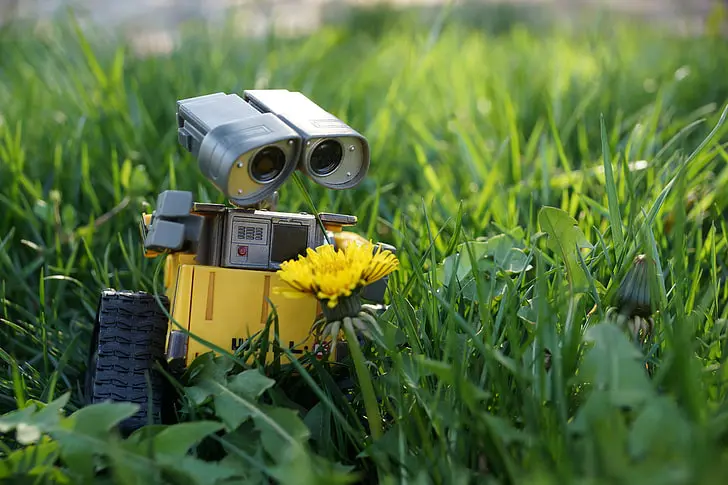
Technology enables the real-time monitoring of plant health and growth in urban gardening setups through IoT devices and controlled environments like those implemented by Bowery Farming, enhancing data analytics for optimized yields.
By integrating IoT devices such as sensors and cameras, urban gardeners can constantly track crucial parameters like soil moisture, temperature, humidity, and light levels.
This data is then sent to centralized systems where advanced algorithms process it to provide actionable insights.
Bowery Farming, for instance, uses AI algorithms to analyze the data and fine-tune growing conditions in their vertical farms, ensuring each plant receives the exact nutrients and care it needs.
Increases Yield and Production
The integration of technology in urban gardening leads to increased yield and production rates, fostering sustainable food production practices, promoting crop diversity, and bolstering local food supply chains.
One of the key advantages of leveraging technology in urban gardening is the ability to monitor and manage crops more efficiently.
Through the use of smart sensors and automated irrigation systems, urban gardeners can ensure optimized growing conditions for various plant species, ultimately improving overall yields.
This precision agriculture approach enables growers to make data-driven decisions, leading to enhanced crop innovation and experimentation.
Smart farming techniques, such as vertical gardening and hydroponics, allow for the cultivation of crops in limited urban spaces, expanding the potential for local food production.
These innovative methods not only maximize land usage but also reduce water consumption and carbon footprint, contributing to a more sustainable and eco-friendly food system.
What are the Different Types of Technology Used in Urban Gardening?
Hydroponics Growing System 30-Plant Sites Vertical Garden Planter Indoor Smart Garden Kit
Various technologies are employed in urban gardening, including vertical farms, hydroponic and aeroponic systems, and automated irrigation systems, revolutionizing urban agriculture practices.
Vertical farming has emerged as a sustainable solution for growing crops in limited urban spaces, utilizing controlled environments to optimize plant growth.
Hydroponic systems, which involve growing plants without soil by using nutrient-rich water solutions, have gained popularity for their efficient resource usage and high yields.
Aeroponic systems take it a step further by misting plant roots with a nutrient solution, promoting fast growth and reducing water consumption.
Automated irrigation solutions, such as drip irrigation or sensor-based systems, ensure precise watering schedules, minimizing water wastage and labor requirements for urban garden maintenance.
Vertical Farming Systems
Hydroponics Tower Garden Growing System,30-Plant Indoor Vertical Gardening System Kit
Vertical farming systems like those pioneered by Gotham Greens have transformed urban agriculture in cities like Paris and London, offering sustainable solutions for local food production.
These innovative systems have made it possible to grow a variety of crops in controlled environments, regardless of the climate or season. By utilizing techniques such as hydroponics and aeroponics, vertical farms like Gotham Greens can produce high-quality food with minimal water usage and land requirements.
Their impact goes beyond just providing fresh produce; they also reduce the carbon footprint associated with the transportation and storage of food.
This localized approach to agriculture helps cities become more self-sufficient and resilient to supply chain disruptions.
Hydroponic and Aeroponic Systems
Hydroponic and aeroponic systems, including aquaponics models, are revolutionizing the agriculture industry, with cities like Oslo embracing these innovative techniques for urban food cultivation.
These soilless farming methods not only maximize space utilization but also conserve water resources by minimizing wastage.
Aquaponics setups in Oslo have seamlessly integrated fish farming with plant cultivation, creating a symbiotic ecosystem where waste from fish nourishes plants, while the plants filter and purify the water for fish.
This closed-loop system showcases a sustainable approach to agriculture, reducing the environmental impact of conventional farming practices.
Automated Irrigation Systems
Automated irrigation systems powered by data analytics, machine learning, and big data analytics are transforming urban agriculture, optimizing water usage, and reducing resource-intensive farming practices.
By collecting and analyzing real-time data on soil moisture levels, weather conditions, and crop requirements, these advanced systems can accurately determine when and how much water to supply to different areas of a crop field.
This precision not only reduces water waste but also enhances plant health and crop yield.
Smart Gardening Apps
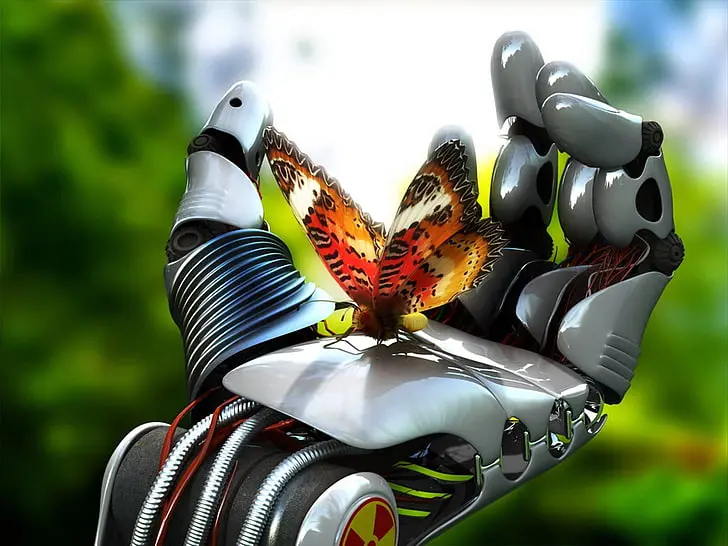
Smart gardening apps are shaping the future of food production by enhancing environmental sustainability, promoting nutrition awareness, and contributing to the global food supply chain.
8 best gardening apps, so you can stop killing all of your plants
These innovative apps revolutionize the way individuals interact with gardening and give the power to users to grow their own produce by providing real-time guidance on planting, watering, and pest control tailored to their specific location and plant preferences.
This personalized approach not only fosters a deeper connection to nature but also reduces the carbon footprint associated with traditional agriculture practices.
By incorporating features that educate users on the nutritional value of different crops and recipes using homegrown ingredients, these apps play a crucial role in improving overall health and wellness.
How to Incorporate Technology in Urban Gardening?
Incorporating technology in urban gardening involves utilizing community gardens, leveraging technological solutions for enhanced food security, and addressing the challenges posed by urbanization.
Community engagement plays a vital role in promoting sustainable urban gardening practices, and fostering collaboration among residents, local businesses, and organizations.
The use of smart irrigation systems, vertical farming techniques, and sensor-based monitoring tools can significantly improve crop yield and resource efficiency in urban areas.
To tackle food security issues, urban gardening enthusiasts are exploring innovative approaches such as hydroponics, aquaponics, and rooftop gardens to increase fresh produce availability and promote self-sufficiency.
Adapting to urbanization trends requires creative solutions like repurposing vacant lots, implementing green infrastructure, and designing compact garden layouts to optimize space utilization.
Start with Small and Simple Systems
Begin the technology integration in urban gardening by starting with small and simple systems, focusing on local produce, efficient food transportation, and waste reduction strategies.
By incorporating manageable technology systems into urban gardening practices, individuals can effectively harness the benefits of technology in cultivating crops within city environments.
These systems allow for precise control over factors such as water usage, nutrient levels, and light exposure, optimizing plant growth and yield.
Emphasizing the production of local food not only reduces carbon footprint but also promotes community resilience and food security.
Efficient food transportation practices play a crucial role in connecting urban gardens with local markets, ensuring that fresh produce reaches consumers in a timely manner.
By minimizing the distance that produce needs to travel, transportation efficiency contributes to reducing greenhouse gas emissions and supporting the local economy.
Implementing waste minimization strategies in urban gardening involves utilizing composting techniques to recycle organic waste and reduce landfill contributions.
By closing the loop on waste management, gardeners can create a sustainable ecosystem that minimizes environmental impact and fosters soil health.
Educate Yourself on Different Technologies
Educate yourself on various technologies relevant to urban gardening, including innovations in livestock management, urban beekeeping, and advancements in the agriculture industry.
Urban gardening enthusiasts are increasingly turning to innovative methods to maximize their yields and contribute positively to urban biodiversity.
Vertical farming is gaining traction as a space-efficient technique that allows for year-round cultivation of crops in a controlled environment.
This approach not only optimizes land use but also reduces water consumption and minimizes transportation costs associated with traditional agriculture.
Initiatives like hydroponics and aquaponics are revolutionizing how plants are grown without soil, utilizing nutrient-rich water solutions instead.
These technologies offer sustainable solutions for urban dwellers looking to cultivate fresh produce in limited spaces.
Utilize Online Resources and Communities
Leverage online resources and engage with communities to explore technology solutions for urban gardening, enhancing food distribution networks and fostering collaborative efforts in community gardens.
By tapping into the vast array of online platforms and community forums, individuals interested in urban gardening can discover innovative solutions that make the most of available resources.
These platforms offer a wealth of knowledge on sustainable gardening practices, advanced irrigation systems, and smart gardening tools that can significantly improve food distribution within urban areas.
Collaborating with local community groups and forming partnerships with existing community gardens can further amplify the impact of these initiatives, creating a more connected and resilient network of urban gardeners.
Experiment and Adapt
Embrace a culture of experimentation and adaptation in urban gardening endeavors, focusing on optimizing local produce, improving food transportation logistics, and implementing waste reduction strategies.
By cultivating a mindset of innovation, urban gardeners can revolutionize the way we think about food production and consumption.
From utilizing vertical gardening techniques to repurposing organic waste as compost, there is a myriad of creative approaches that can be employed to enhance sustainability in urban environments.
Incorporating sustainable practices like water recycling systems and natural pest control methods not only benefits the local ecosystem but also contributes to reducing the carbon footprint associated with conventional agriculture.
What are the Challenges and Limitations of Using Technology in Urban Gardening?
While technology offers numerous benefits to urban gardening, it also presents challenges and limitations, particularly in areas such as food security, technology adoption, and addressing the needs of growing urban populations.
One key challenge is the food security implications associated with technology integration in urban gardening.
With the increasing reliance on technological solutions, there is a risk of neglecting traditional, sustainable practices that ensure food security for communities.
Technological barriers such as access to resources, affordability, and skills needed for implementing advanced technologies can hinder the seamless integration of tech into urban agricultural practices.
Another constraint lies in coping with the demands of expanding urban communities.
As cities grow, so does the pressure on land, resources, and infrastructure required for urban gardening.
Balancing the need for space for housing and urban agriculture poses complex challenges that technology alone may not be able to solve.
Initial Cost and Maintenance
One of the primary challenges in using technology for urban gardening is the initial cost and ongoing maintenance requirements, with solutions like BitGrange addressing these issues across multiple locations in North America.
As urban gardening continues to gain popularity in cities around the globe, the financial barriers associated with implementing advanced technological solutions have become more pronounced.
Many urban gardeners face the dilemma of balancing the upfront investment in tools, smart irrigation systems, and automated planters with the long-term expenses of system maintenance and software updates.
BitGrange, a leader in urban agriculture technology, has introduced cost-effective strategies to reduce the financial burden on individuals and communities while streamlining the maintenance process.
Technical Knowledge and Skills
Another limitation of technology integration in urban gardening is the requirement for specialized technical knowledge and skills, leading to collaborations with experts like Tim Sprinkle, U.N. agencies, and industry analysts from Pitchbook.
Incorporating technological advancements into urban gardening practices demands a deep understanding of data analytics, sustainable energy systems, smart irrigation technologies, and biotechnology.
This intricate web of technical expertise enables efficient utilization of resources while maximizing yields and minimizing environmental impact.
Collaborating with industry professionals like Sprinkle, who possess a wealth of experience in sustainable technologies, ensures that urban gardening projects are not only technologically advanced but also economically viable.
Dependence on Electricity and Internet
The reliance on electricity and internet connectivity poses a challenge to technology-driven urban gardening systems, necessitating innovative solutions like those offered by cnvrg.io and CGI to mitigate such dependencies.
Electricity serves as the lifeblood of urban gardening technologies, powering essential components such as automated irrigation systems, grow lights, and climate control mechanisms.
In bustling urban environments, ensuring an uninterrupted power supply can be a daunting task, given frequent fluctuations and outages.
This dependency extends to internet connectivity, crucial for real-time data monitoring, remote access, and system management, thereby underscoring the need for stable connections.
In response to these challenges, companies like cnvrg.io and CGI have stepped up with innovative solutions.
Leveraging advanced technologies, these companies offer streamlined cloud-based platforms that optimize resource utilization, enhance system efficiency, and reduce the strain on power and network resources.
By centralizing data processing, utilizing edge computing, and incorporating predictive analytics, these solutions minimize reliance on continuous high-speed internet connectivity, making urban gardening systems more resilient and efficient.
Environmental Impact
The environmental impact of technology in urban gardening includes considerations around sustainable farming practices, circular economy principles, and strategies to minimize food waste in urban settings.
Technological advancements like smart irrigation systems and vertical farming methods play a crucial role in sustainable urban agriculture by optimizing water usage and space efficiency.
These innovations contribute to reducing the environmental footprint of urban gardening while maximizing productivity.
Implementing organic farming techniques further enhances sustainability by avoiding harmful chemicals and maintaining soil health.
Embracing a circular economy approach, urban gardeners can close resource loops by composting organic waste, enriching soil quality, and fostering natural cycles.
Incorporating Technology in Urban Gardening FAQs
Q. What is urban gardening?
A. Urban gardening is the practice of growing and cultivating plants in an urban environment, typically in small spaces like balconies, rooftops, or community gardens.
Q. Why is it important to incorporate technology in urban gardening?
A. Incorporating technology in urban gardening can help maximize limited space and resources, increase efficiency and productivity, and improve the overall quality and success of the garden.
Q. What are some examples of technology that can be used in urban gardening?
A. Some examples of technology that can be used in urban gardening include hydroponic systems, LED grow lights, automatic irrigation systems, and mobile apps for garden planning and management.
Q. How can technology be used to conserve water in urban gardening?
A. Technology such as drip irrigation systems and moisture sensors can help monitor and regulate water usage, reducing waste and conserving this precious resource in urban gardening.
Q. Are there any downsides to incorporating technology in urban gardening?
A. While technology can be incredibly beneficial in urban gardening, some downsides may include increased cost and maintenance, potential reliance on electricity, and potential technical issues.
Q. Can technology be used to make urban gardening more accessible to all individuals?
A. Yes, technology can make urban gardening more accessible by providing resources and information to beginners, offering customizable solutions for different abilities and spaces, and connecting individuals to community gardening efforts.
Using Technology in Urban Gardening Conclusion
In conclusion, incorporating technology in urban gardening offers a multitude of benefits, from efficient water usage to increased yield and production.
Maximizing Space and Resources
By utilizing vertical farming systems, hydroponic and aeroponic setups, and automated irrigation solutions, urban gardeners can maximize limited space and conserve resources.
Enhancing Plant Health and Growth
These technologies ensure the health and growth of plants, providing an optimal environment for their development.
Embracing Smart Gardening Apps
Embracing smart gardening apps further enhances the gardening experience, providing valuable insights and tips for sustainable urban agriculture.
Advancing Urban Agriculture
Innovative technological solutions pave the way for advanced urban agriculture, contributing to food security and local produce availability.
Navigating Urbanization Challenges
As we continue to navigate the challenges of urbanization and food security, the integration of technology in urban gardening presents a promising solution for a greener, more sustainable future.
Enhancing Community Engagement
Technology can bridge the gap between urban dwellers and nature, encouraging community involvement and collaboration in gardening initiatives.
Embracing Sustainable Practices
Utilizing technology in urban gardening promotes sustainable practices, reducing environmental impact and fostering a healthier urban ecosystem.
Related Content
Visit my Amazon Influencer Page for videos and gardening products Grow Your Own Garden




